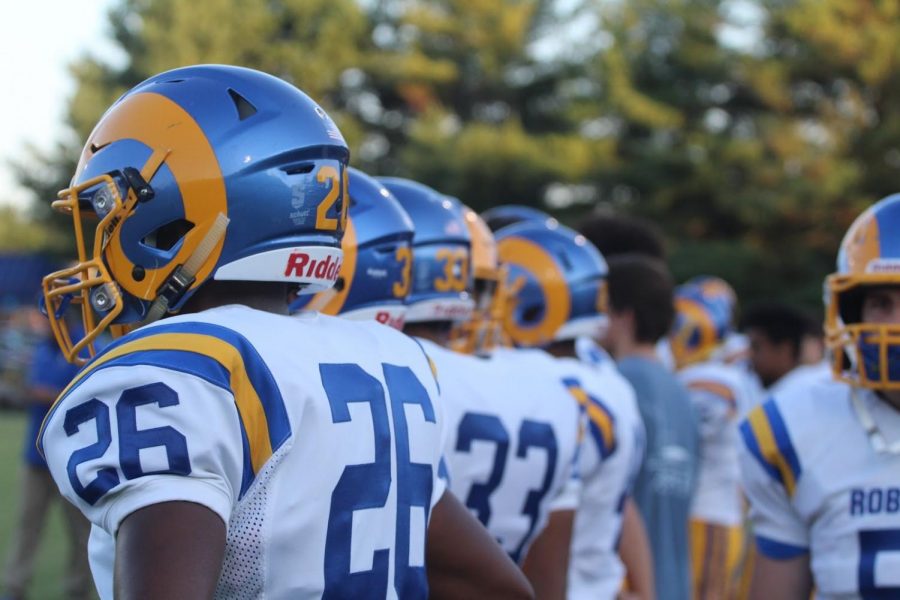About 500 sheets of paper, four years and an estimated 70-80 hours later, there are only seven copies of junior Lindsey Rubin’s Girl Scout Gold Award project in existence.
The highest achievement in Girl Scouting is the Girl Scout Gold Award, equivalent to the Eagle Scout award in Boy Scouts. This award is open to high school girls. By the time a girl scout has completed her project, she should have solved a community problem both in the short term and in the long term.
The Girl Scout website lists higher education and career, life skills and community as benefits for “going gold.”
This is not a required project while participating in Girl Scouts but Rubin voluntarily took on this project.
For her Girl Scout Gold Award project, Rubin recorded Holocaust accounts of local Holocaust survivors with the intention of having her work serve as a resource throughout the entire county when the survivors are no longer alive to tell their stories.
This project has been incorporated as an option into the FCPS middle school Holocaust curriculum. Rubin has also been invited to submit her work to a professor who studies the Holocaust at Yale University and include her project into the Holocaust archives. Her project will also be included in the Virginia Room in Fairfax County Libraries to serve as a local reference material piece.
She said she focused on local Holocaust survivors since her project will be included in the Virginia Room. The Virginia Room has a collection of regional history and genealogy. Information regarding local and state government and legal resources are also available. Maps, manuscripts, local newspapers and a photographic archive are also available for reference.
Rubin said she has been interested in the Holocaust since she was eight years old when she saw a survivor speak at George Mason University. Afterwards, she read everything she could about the Holocaust in her elementary school library.
“Holocaust study is the most important thing to me,” Rubin said. “Holocaust awareness for the next generation, making sure that everyone is aware that [the Holocaust] happened.”
Before her first interview, Rubin said she read ten hours of material on how to interview a Holocaust survivor. She spent another hour specially selecting questions for each account.
Her project focuses on what it means to be a Holocaust survivor. After six months of searching for survivors willing to share their story with her, Rubin managed to obtain the accounts of three local survivors: Irene Weiss, Laszlo Berkowts and John Bare.
“It was just a really great experience because it takes a lot to tell their stories and I appreciated that a lot,” Rubin said.
The process took four years from pre-requisites to approval and to actually finishing the project.
Her troop was the last to participate in Path B., the previous Girl Scout project which has since been replaced with a project called The Girl Scout Leadership Experiment (GSLE).
According to the Girl Scouts website, GSLE engages the Girl Scouts in discovering who they are and their values, connecting with others and making the world a better place through their actions.
“We were lucky to get approved when we did or we would’ve had to do the [pre-requisites] again,” Rubin said. “It would’ve been a nightmare. The new path is nothing I would’ve wanted to do. I learned that bureaucracy is annoying, red tape is annoying, and networking is a beautiful thing,” Rubin said.
Along with these lessons, she said she learned valuable lessons about herself through this project.
Rubin said, “I learned that through perseverance, it is possible for one student to make a difference…one person, one kid, even though we’re young, we can still do something for the community.”




